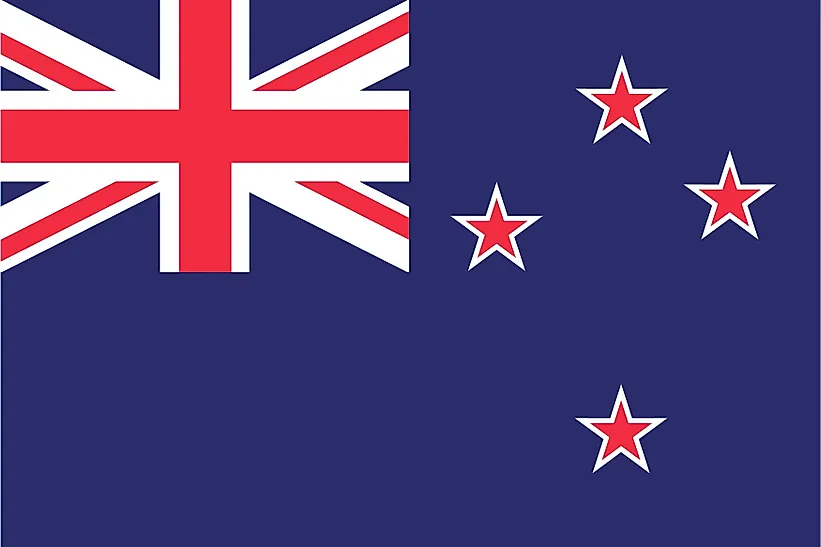
New Zealand
| Continent | Oceania |
| Capital | Wellington |
| Population | 4,474,549 |
| GDP | $175.00 Billion |
| GDP per Capita | $37,100 |
| Dialing Code | +64 |
| ISO Code (2-letter) | NZ |
| ISO Code (3-letter) | NZL |
About New Zealand
Welcome to New Zealand, a nation where natural wonders meet Māori heritage. With approximately 5 million people occupying 268,021 square kilometers, New Zealand combines remarkable landscapes with rich cultural diversity, standing as a pioneer in environmental conservation and indigenous rights.
Geographic Features and Natural Beauty
New Zealand’s geography encompasses extraordinary diversity across its two main islands. The country features dramatic landscapes including active volcanoes, glaciers, fjords, and subtropical forests, creating some of the world’s most spectacular scenery.
The landscape includes the Southern Alps, with Mount Cook (Aoraki) as its highest peak, pristine beaches, geothermal areas in Rotorua, and the stunning Fiordland National Park. The country’s isolation has resulted in unique flora and fauna, including many endemic species.
Protected areas include numerous national parks and marine reserves, preserving unique ecosystems and endangered species like the kiwi and tuatara. The country’s commitment to environmental protection focuses on conservation and sustainable tourism.
Cultural Heritage and Traditions
New Zealand’s culture represents a dynamic blend of Māori and European influences. The country’s heritage includes strong indigenous traditions, with the Māori culture playing a central role in national identity.
Traditional arts include Māori carving, weaving, and performing arts like the haka. Contemporary New Zealand culture embraces both indigenous heritage and modern influences, creating a unique cultural landscape.
New Zealand cuisine combines Pacific Rim flavors with local ingredients, featuring seafood, lamb, and indigenous foods like kumara (sweet potato). The tradition of hangi (earth oven cooking) and formal marae protocols remain important cultural practices.
Historical Journey
New Zealand’s history spans from Polynesian settlement through European colonization to modern nationhood. The country’s development has been marked by significant steps in social progress and environmental awareness.
Significant periods include Māori settlement, British colonization, the signing of the Treaty of Waitangi in 1840, women’s suffrage (first in the world), and modern reconciliation efforts. The country’s journey toward biculturalism continues to shape its development.
Modern Economic Landscape
Today’s New Zealand economy combines agricultural excellence with innovation in technology and creative industries. The country is known for its dairy exports, wine production, and tourism sector.
Recent initiatives focus on sustainable practices, renewable energy development, and digital innovation. New Zealand’s clean, green image supports its position in global markets and tourism.
International Relations and Global Position
New Zealand maintains an independent foreign policy while fostering international cooperation. The country’s leadership in environmental protection and social progress contributes to its global influence.
Did You Know?
• New Zealand was the first country to give women the right to vote in 1893?
• The Lord of the Rings trilogy was filmed entirely in New Zealand?
• The country has more sheep than people?
• New Zealand is home to the world’s only flightless parrot, the kakapo?
Conclusion
New Zealand represents a unique combination of natural beauty and cultural innovation. From its dramatic landscapes to its indigenous heritage, from its environmental leadership to its creative industries, New Zealand continues to evolve while preserving its distinctive character. As it addresses challenges including climate change and sustainable development, New Zealand remains committed to environmental protection while fostering its position as a leader in social progress.





